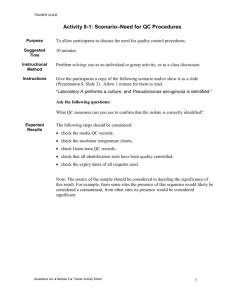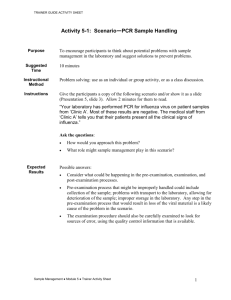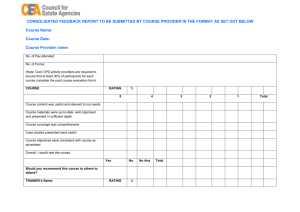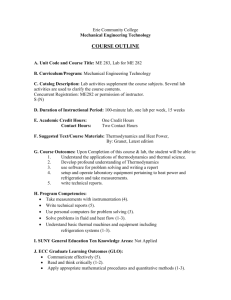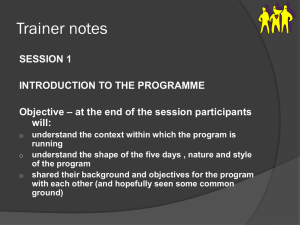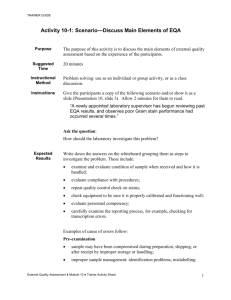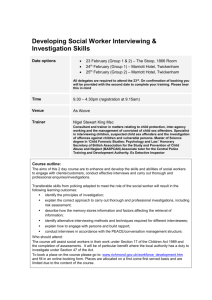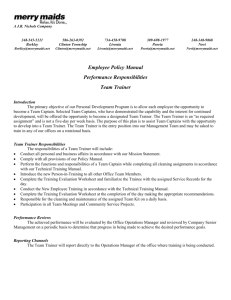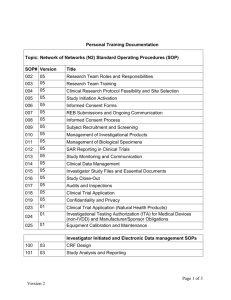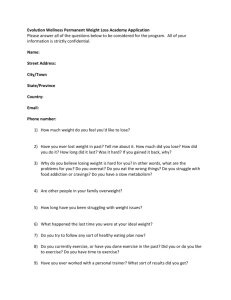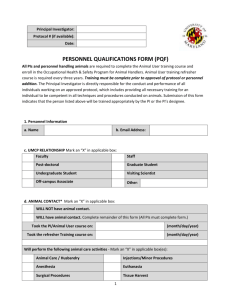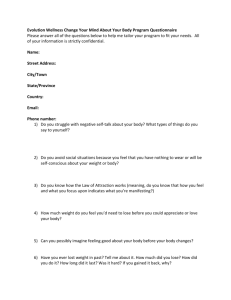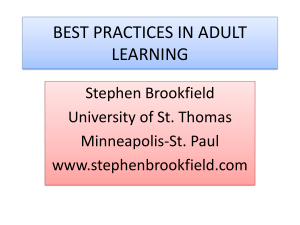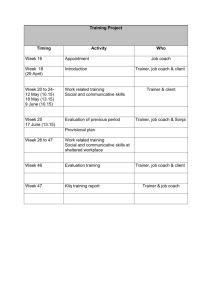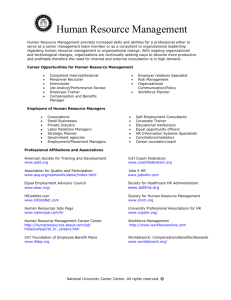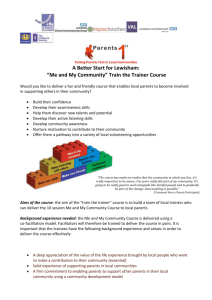Personnel
advertisement
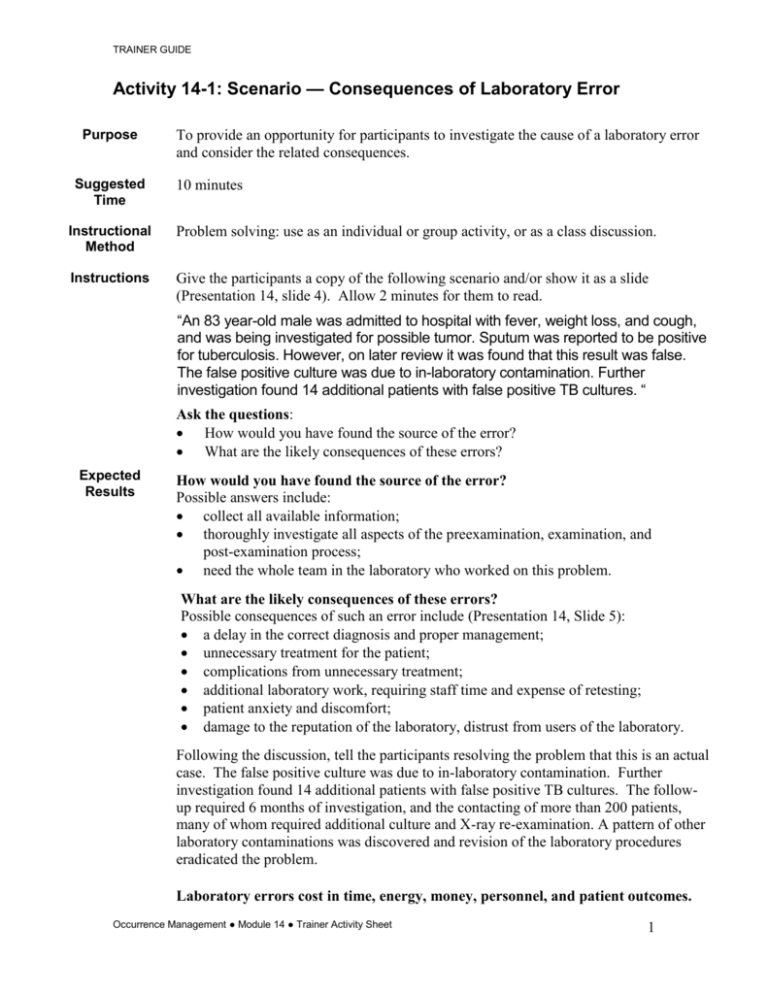
TRAINER GUIDE Activity 14-1: Scenario — Consequences of Laboratory Error Purpose Suggested Time To provide an opportunity for participants to investigate the cause of a laboratory error and consider the related consequences. 10 minutes Instructional Method Problem solving: use as an individual or group activity, or as a class discussion. Instructions Give the participants a copy of the following scenario and/or show it as a slide (Presentation 14, slide 4). Allow 2 minutes for them to read. “An 83 year-old male was admitted to hospital with fever, weight loss, and cough, and was being investigated for possible tumor. Sputum was reported to be positive for tuberculosis. However, on later review it was found that this result was false. The false positive culture was due to in-laboratory contamination. Further investigation found 14 additional patients with false positive TB cultures. “ Ask the questions: How would you have found the source of the error? What are the likely consequences of these errors? Expected Results How would you have found the source of the error? Possible answers include: collect all available information; thoroughly investigate all aspects of the preexamination, examination, and post-examination process; need the whole team in the laboratory who worked on this problem. What are the likely consequences of these errors? Possible consequences of such an error include (Presentation 14, Slide 5): a delay in the correct diagnosis and proper management; unnecessary treatment for the patient; complications from unnecessary treatment; additional laboratory work, requiring staff time and expense of retesting; patient anxiety and discomfort; damage to the reputation of the laboratory, distrust from users of the laboratory. Following the discussion, tell the participants resolving the problem that this is an actual case. The false positive culture was due to in-laboratory contamination. Further investigation found 14 additional patients with false positive TB cultures. The followup required 6 months of investigation, and the contacting of more than 200 patients, many of whom required additional culture and X-ray re-examination. A pattern of other laboratory contaminations was discovered and revision of the laboratory procedures eradicated the problem. Laboratory errors cost in time, energy, money, personnel, and patient outcomes. Occurrence Management ● Module 14 ● Trainer Activity Sheet 1 TRAINER GUIDE Activity 14-2: Laboratory errors — What about your laboratory? Purpose Suggested Time To provide an opportunity for participants to share frequent occurrences in their laboratories. 10 minutes Instructional Method Share experiences. Instructions Give the participants 5 minutes to answer individually to the following questions scenario and/or show it as a slide (Presentation 14, Slide 21): What are the 5 most common errors occurring in your laboratory? Why do they occur? What remedial actions did you take to address the immediate consequences? What measures could you put in place to correct the problem and prevent recurrence? How did you document the problem and action? Can you look at some of your common procedures to seek improvement and problem prevention? In group discussion, ask individuals to share their answers. Occurrence Management ● Module 14 ● Trainer Activity Sheet 2


